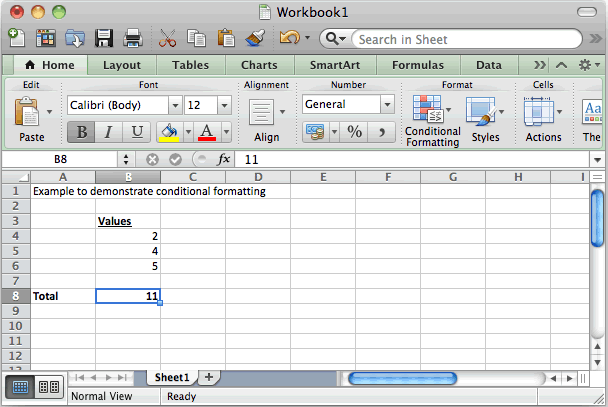
On the Home tab, under Format, click Conditional Formatting. You can add emphasis to selected cells in an Excel 2010 worksheet by changing the fill color or applying a pattern or gradient effect to the cells. Point to Icon Sets, and then click the icon set that you want. For example, a three-icon set uses one icon to highlight all values that are greater than or equal to 67 percent, another icon for values that are less than 67 percent and greater than or equal to 33 percent, and another icon for values that are less than 33 percent. Each icon represents a range of values and each cell is annotated with the icon that represents that range. We will be redirected back to the New Formatting Rule window. In the Format Cells dialog box, we will switch to the fill tab and pick the color we want.
#IN MICROSOFT EXCEL FOR MAC WHICH COLOR IS BLUE GRAY, TEXT 2 HOW TO#
Figure 8 How to change font color based on the value. Use an icon set to present data in three to five categories that are distinguished by a threshold value. We will select the Format button and choose the background color we want in the fill Tab. The top color represents larger values, the center color, if any, represents middle values, and the bottom color represents smaller values.
Point to Color Scales, and then click the color scale format that you want. On the Home tab, click Conditional Formatting. Once you finish the new color theme, you can assign a name and Save. On the Home tab, in the Styles group, click Conditional Formatting. To add a color scale, execute the following steps.

The shade of the color represents the value in the cell. There is also a setting for Hyperlink color in Microsoft PowerPoint templates and Followed Hyperlink that is a visited link state. Color Scales in Excel make it very easy to visualize values in a range of cells. Select the range of cells, the table, or the whole sheet that you want to apply conditional formatting to. Here you can change the text and background color for light or dark background, as well as accent 1, 2, 3, 46. Cells are shaded with gradations of two or three colors that correspond to minimum, midpoint, and maximum thresholds. You can import text from other InCopy stories, Microsoft Word, Microsoft Excel. Select the range to apply the formatting (ex. colors, rather than shades of gray, and works best on light-colored. We can now create a custom formula within the Conditional Formatting rule to set the background color of all the Overdue cells to red.

IF (D4>C4,Overdue,Ontime) This formula can be copied down to row 12. Tip: When you make a column with data bars wider, the differences between cell values become easier to see.Ĭolor scales can help you understand data distribution and variation, such as investment returns over time. Firstly, we can first create the IF statement in column E.


 0 kommentar(er)
0 kommentar(er)
